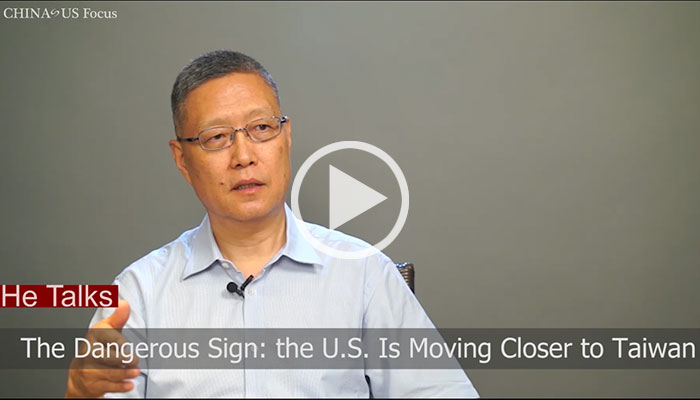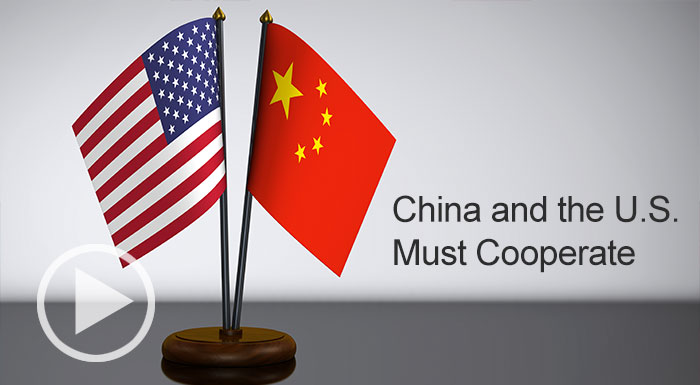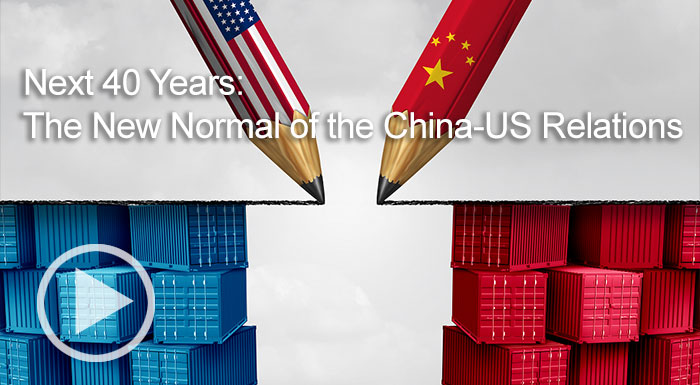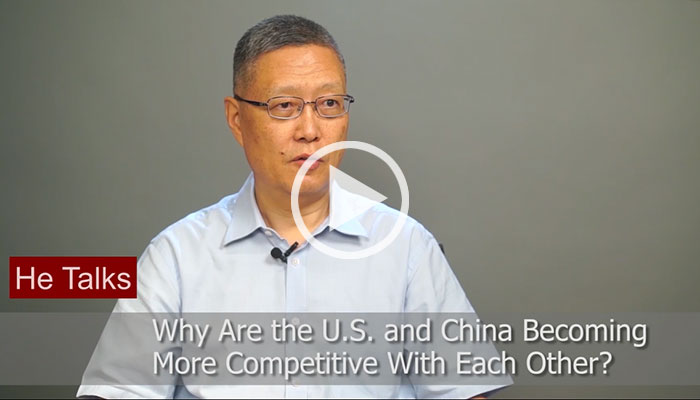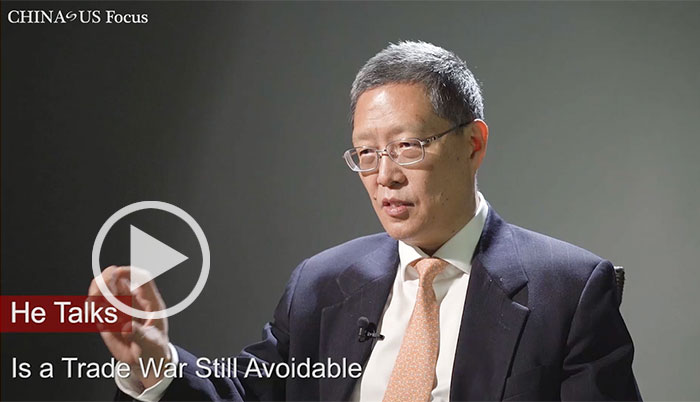The rivalry between China and the U.S. in high-tech industries has become increasingly tense. This is in part because both governments have begun to associate supremacy in technology with national security. In the current trade disputes between the two economic giants, technology will like be a sticking point.
Transcript:
Supercomputers, 5G, microchips, quantum communications, artificial intelligence - these are the technologies of the future. The country that masters them first stands to dominate the global marketplace. That’s why some have argued that the brewing trade war between China and the U.S. is actually rooted in technology, not the trade deficit.
Since 2015, the rivalry between China and the U.S. in high-tech industries has become increasingly tense. This is in part because both governments have begun to associate supremacy in technology with national security. In 2015, the U.S. government banned the American company Intel from selling chips to China, which had been using them to power the Tianhe-2, the fastest supercomputer in the world at the time. This year, the US government began blocking Chinese companies from buying or merging with American tech firms in so-called “sensitive industries.” Chinese companies Huawei and ZTE, considered security risks, have become particular targets. President Trump also announced tariffs on Chinese imports in response to the theft of American intellectual property.
These sanctions by the US government have highlighted China’s dependence on foreign imports to make products like cell phones and supercomputers. In 2015, the Chinese government announced a plan called “Made in China 2025” to encourage innovation and upgrade China’s manufacturing capability. The government hopes this plan will allow China to move up the value chain and avoid dependence on tech imports.
"Made in China 2025" has worried some in the American government, who consider its potential impact an “existential threat” to the U.S. Chinese officials, however, have said that the initiative is not up for discussion, and have noted that foreign firms can participate in it as well.
In a bid to beat each other to the next invention, China and the U.S. are sparking a technology arms race. In the current trade dispute, technology will likely be a sticking point, with the future of global marketplace leadership at stake.

